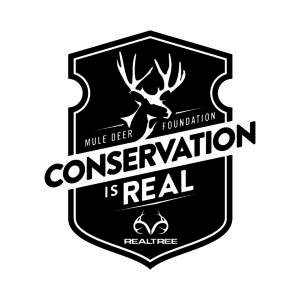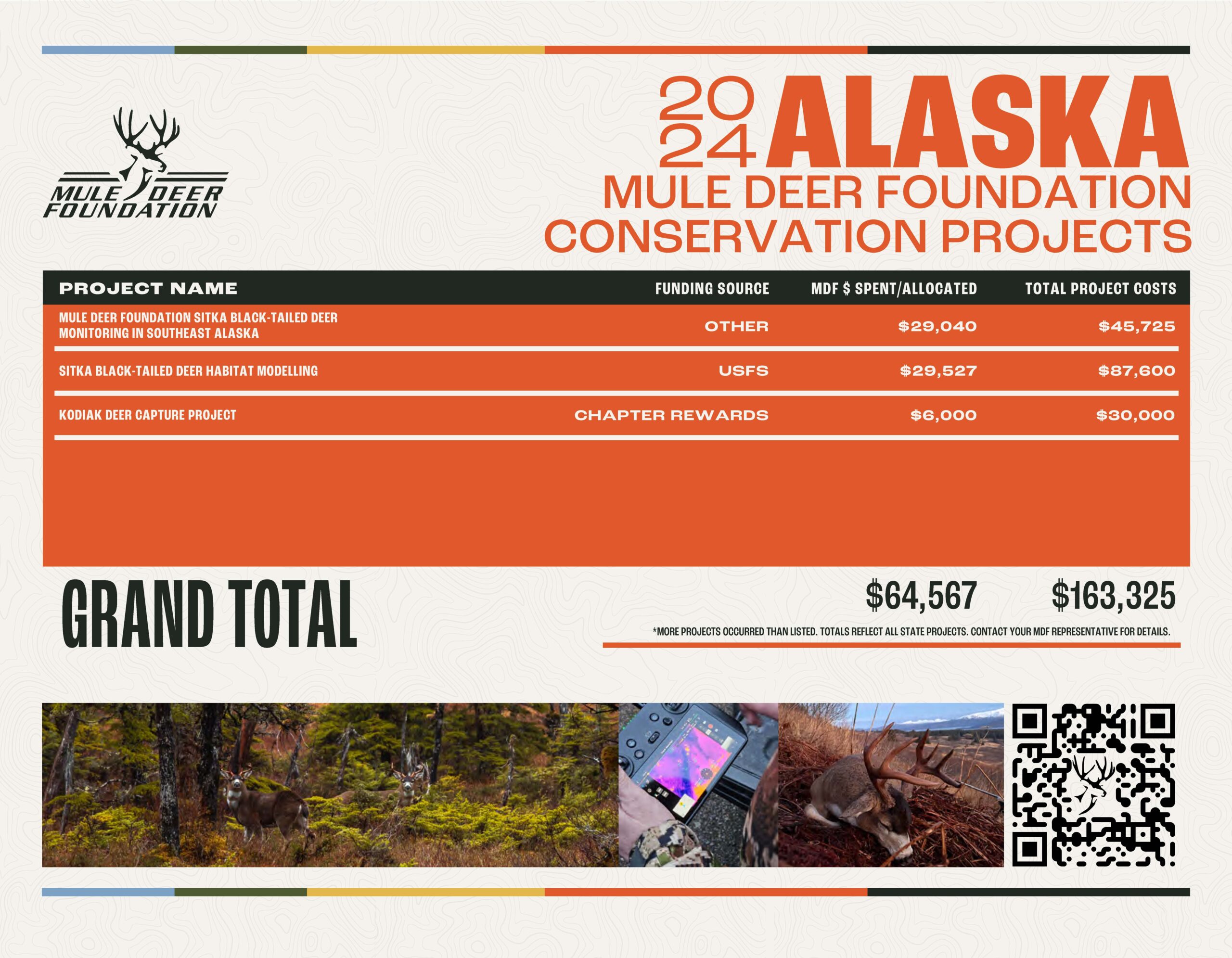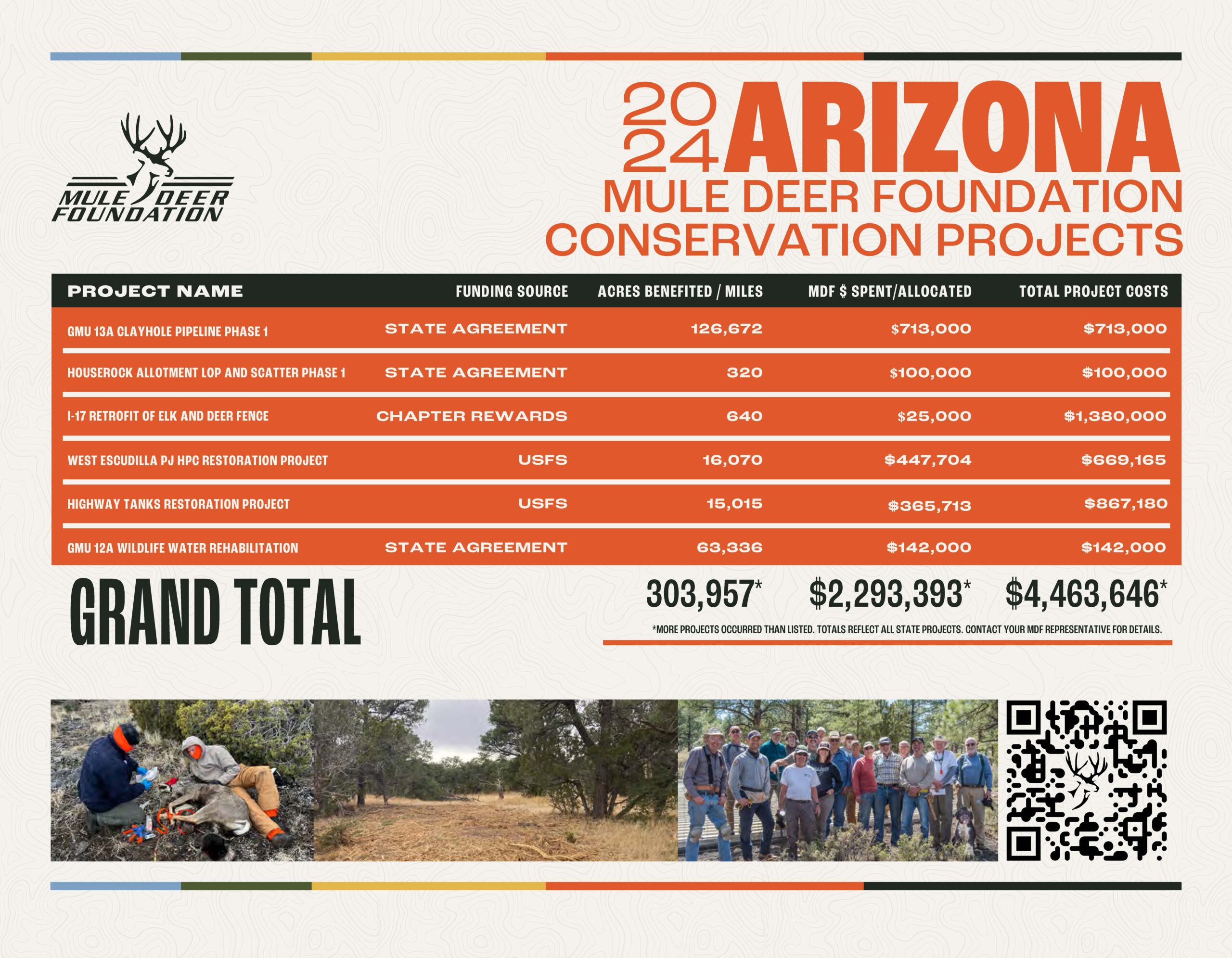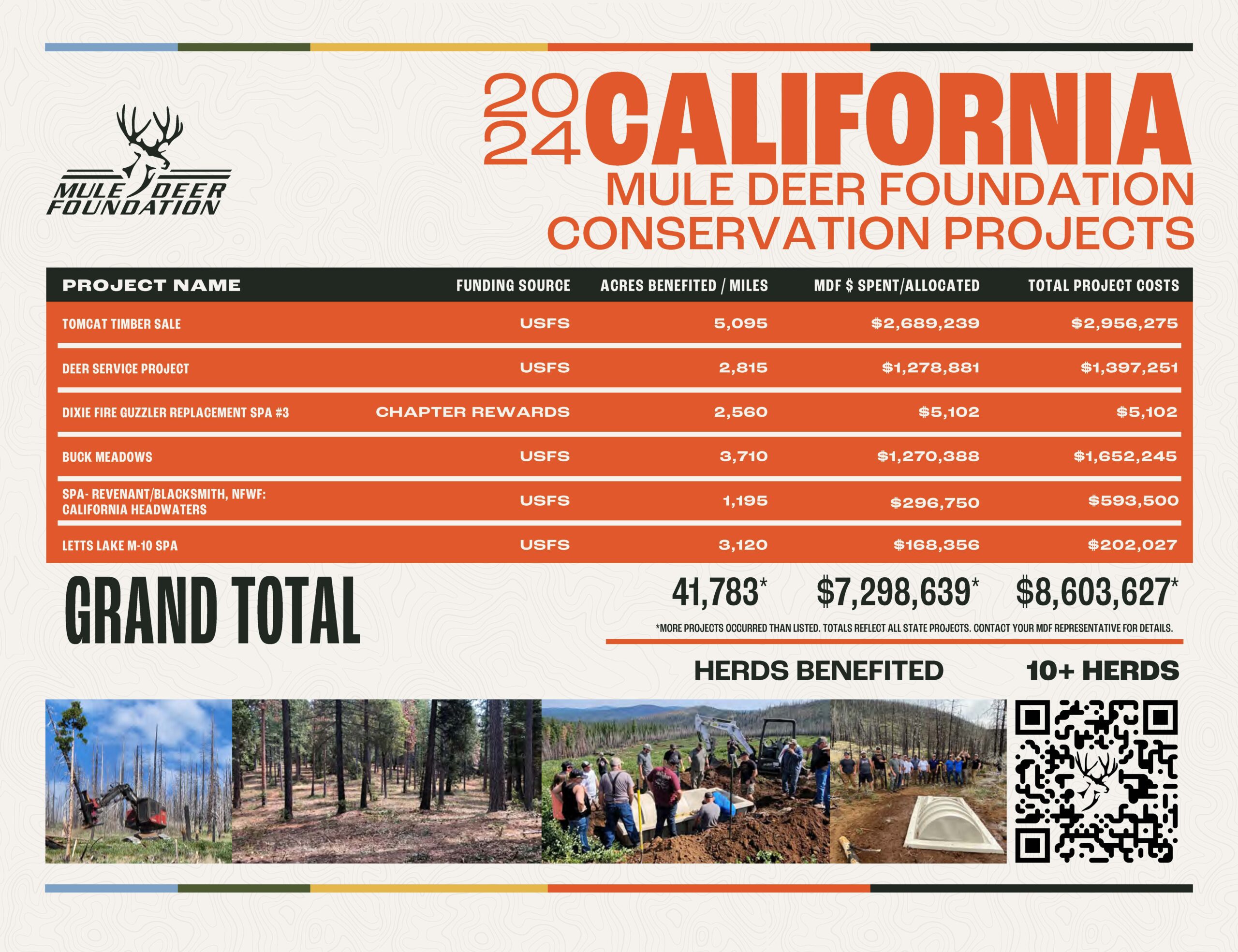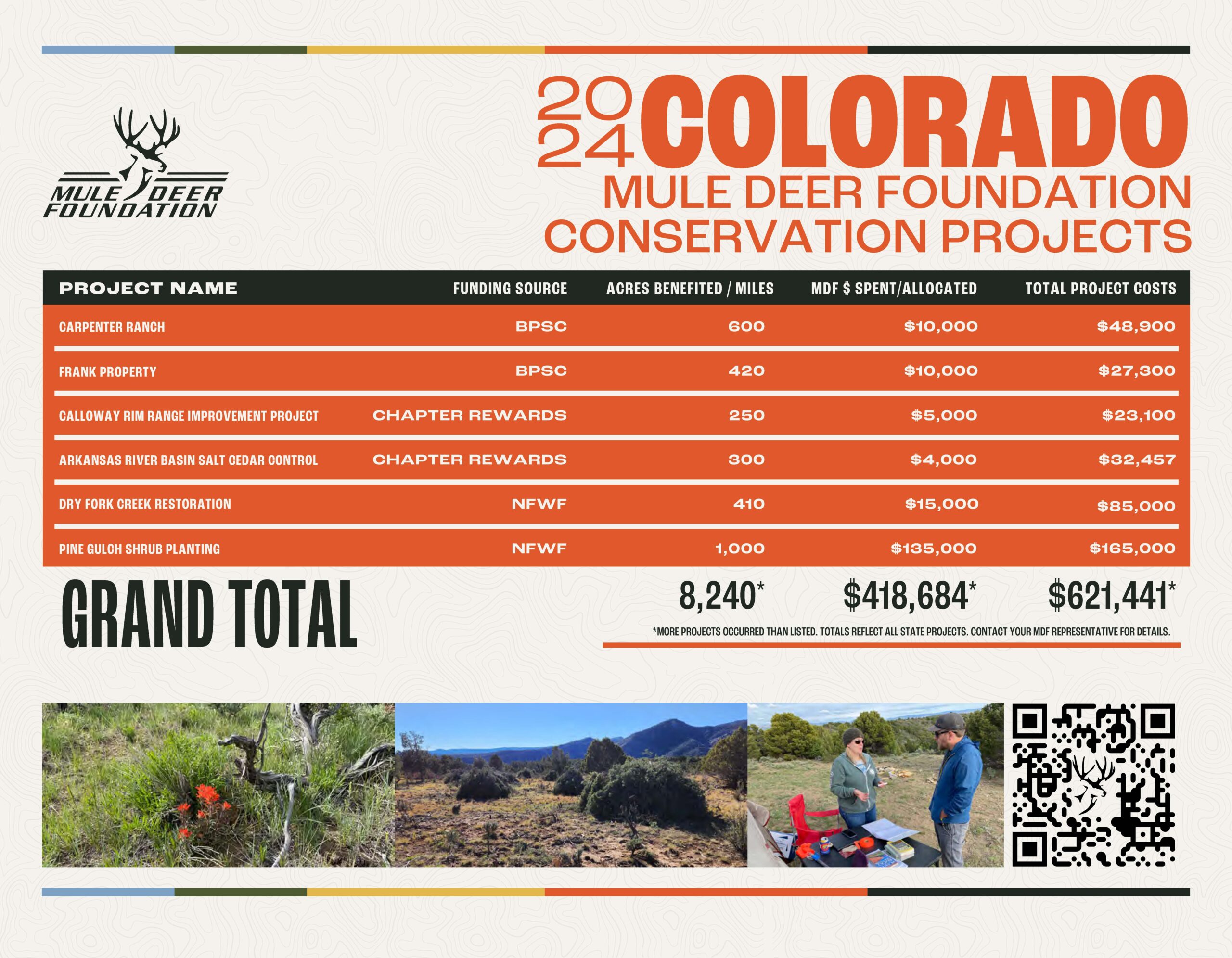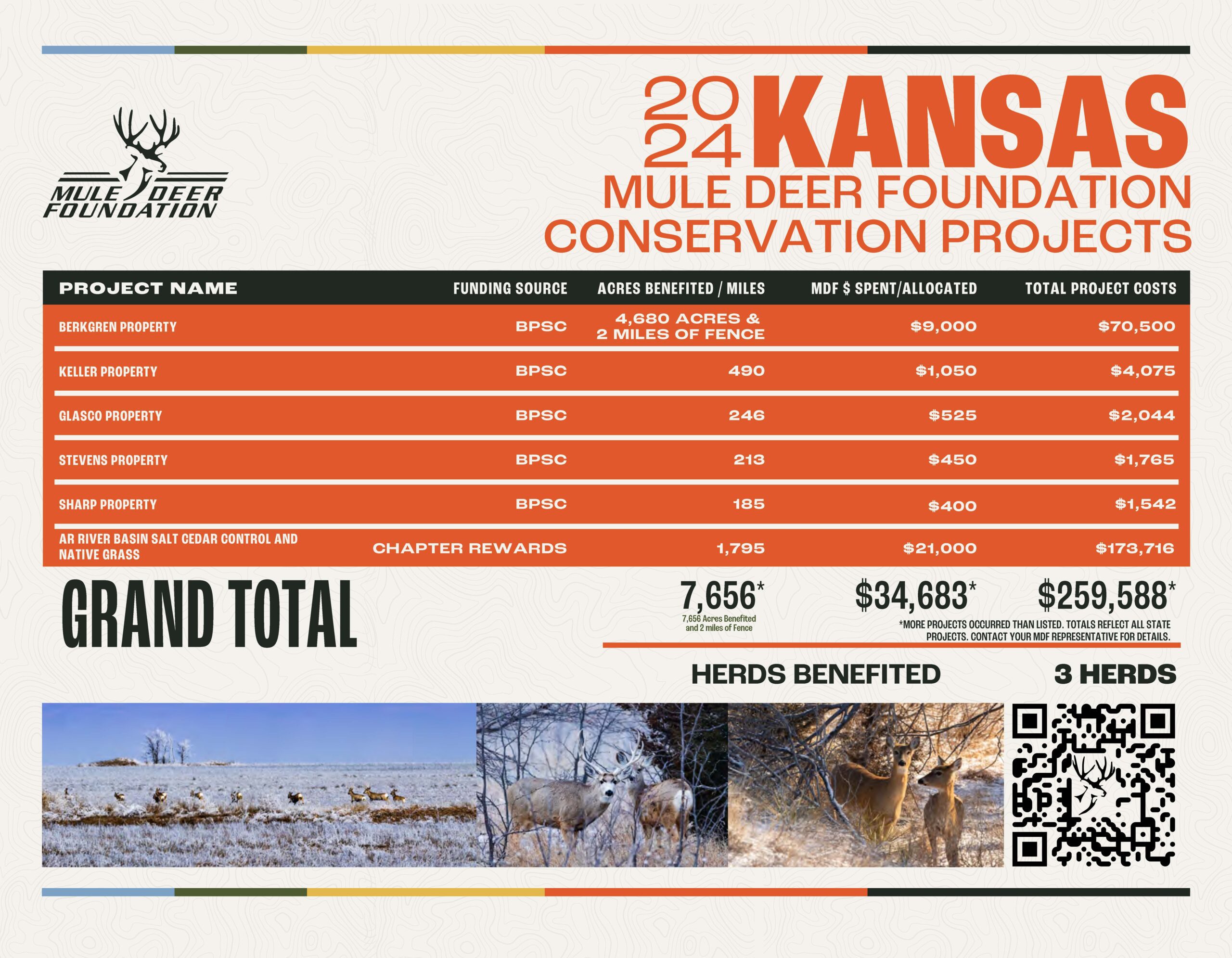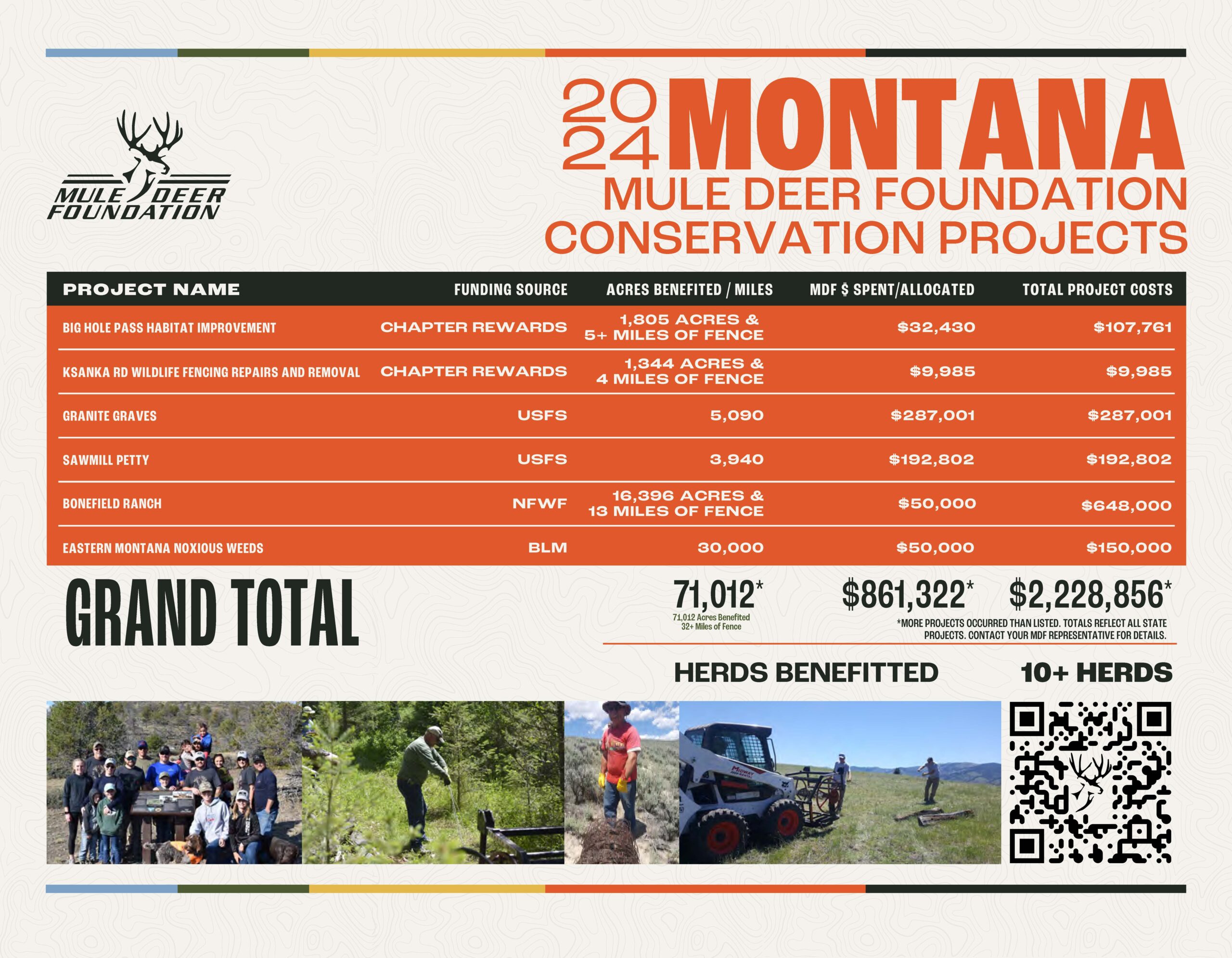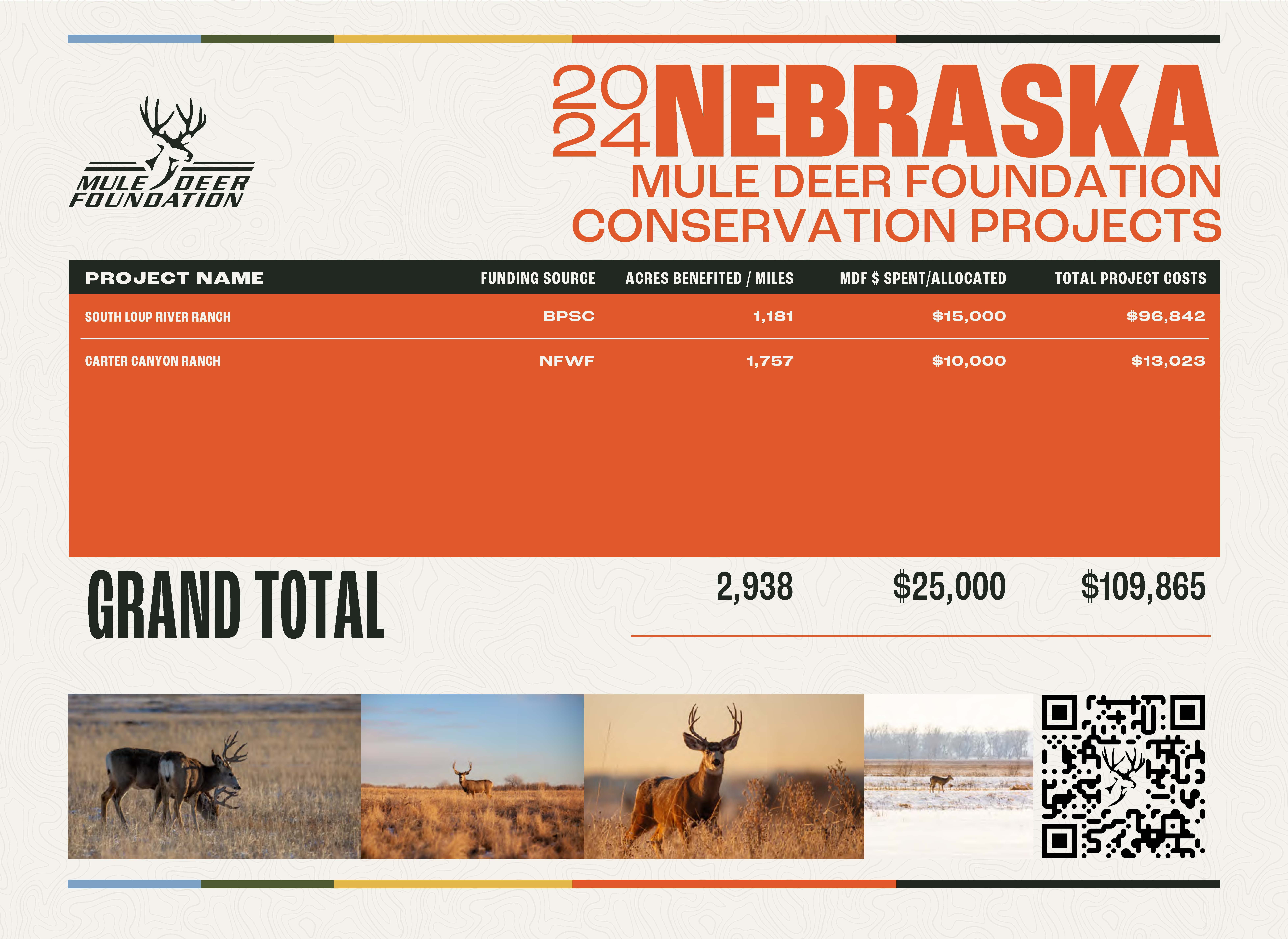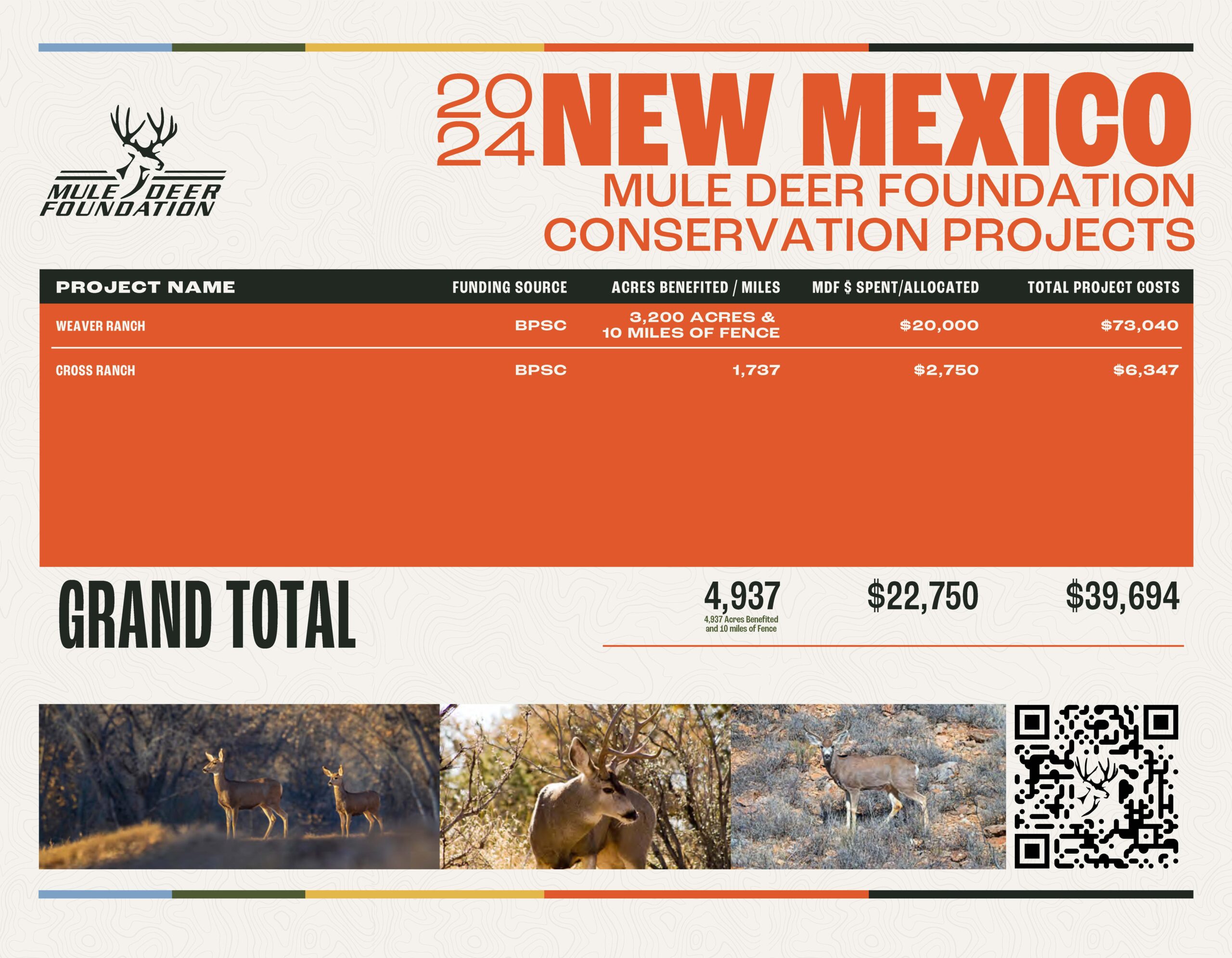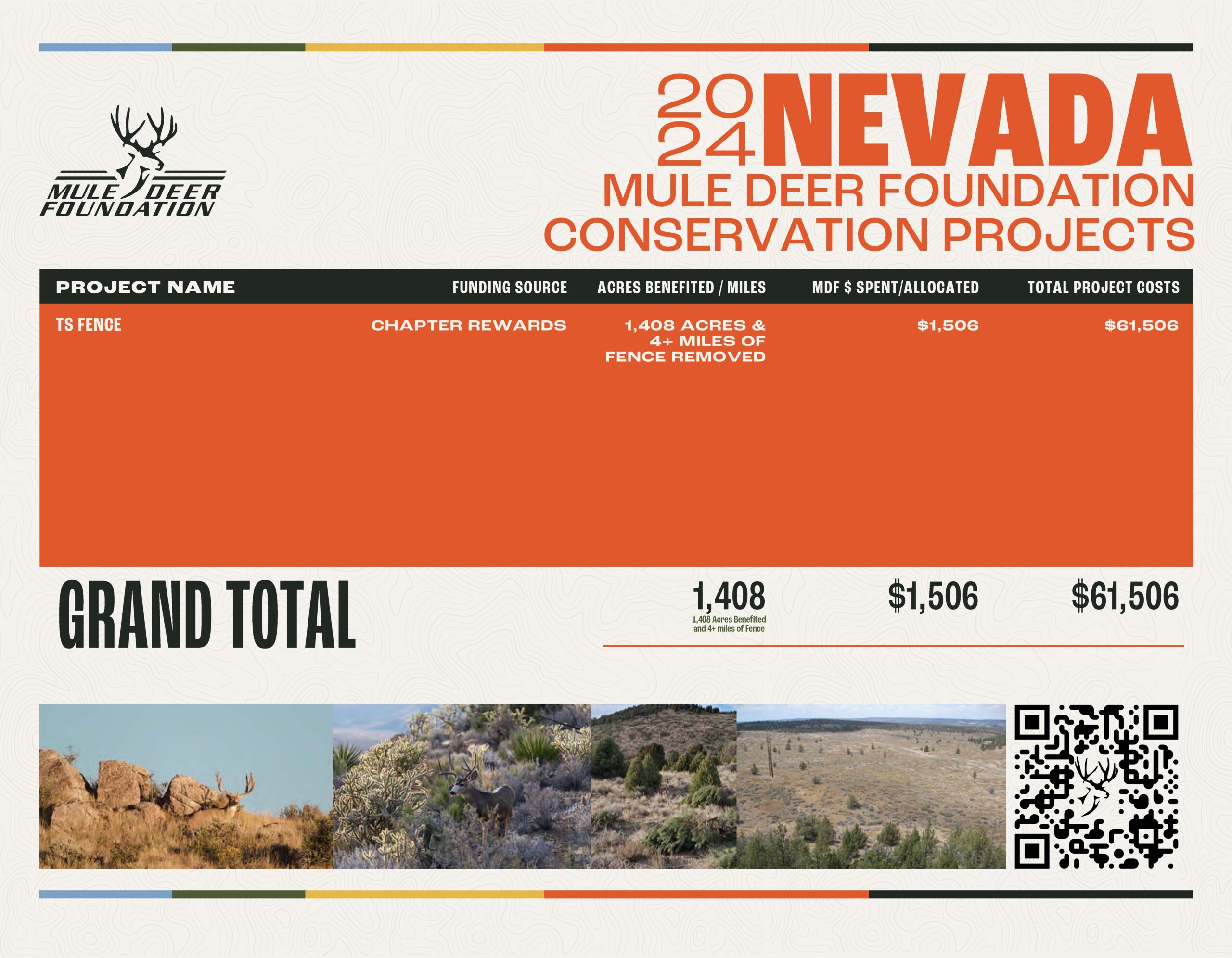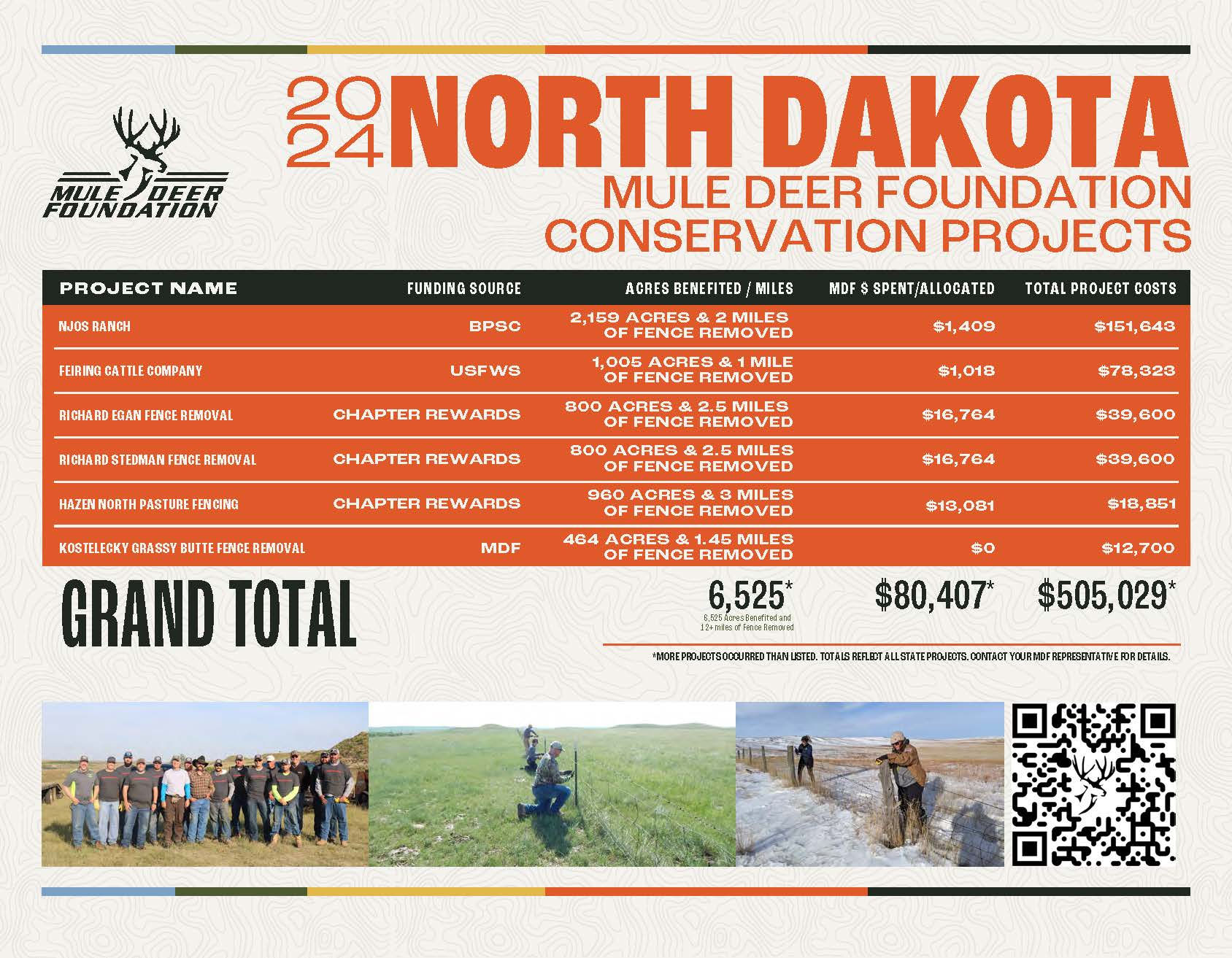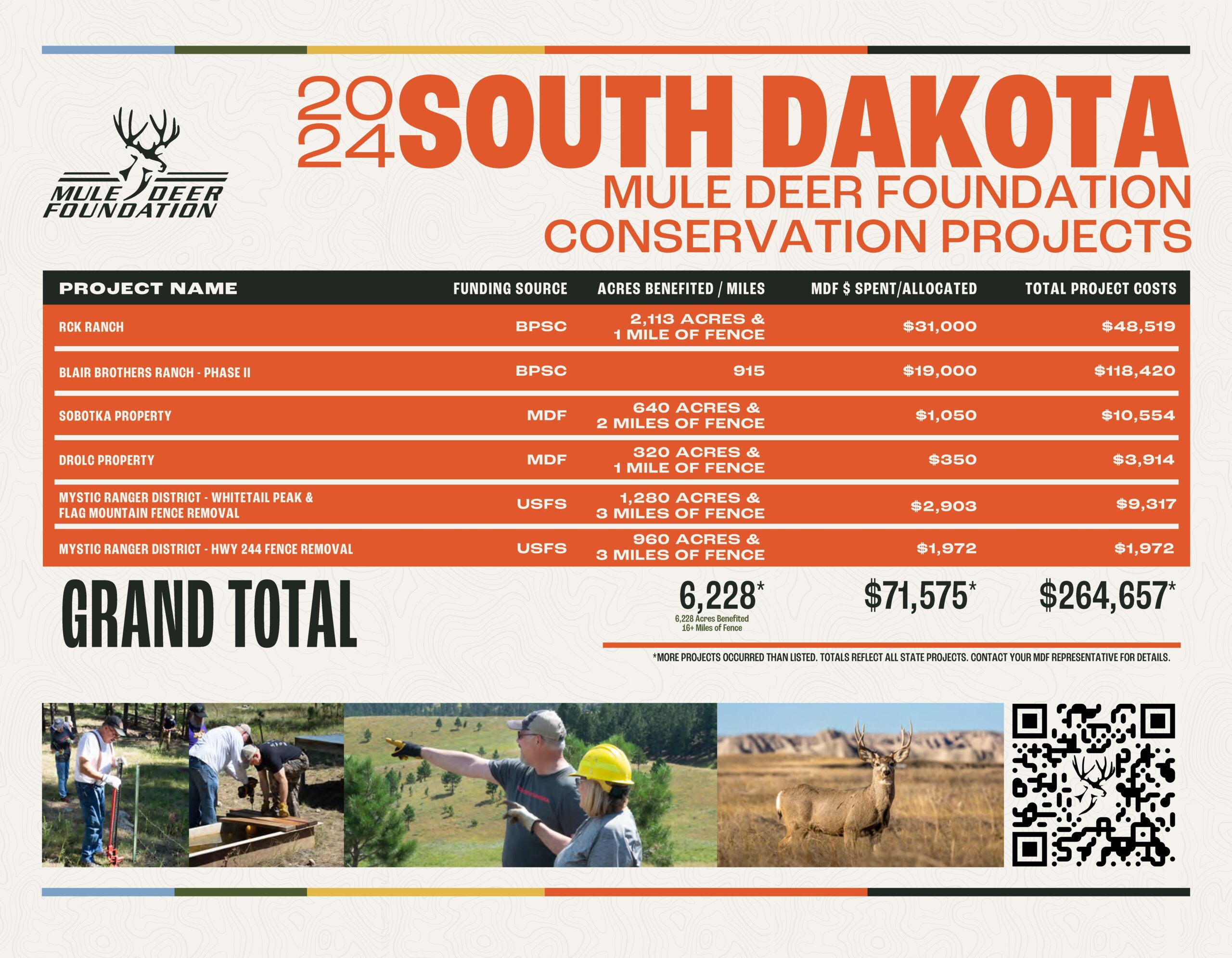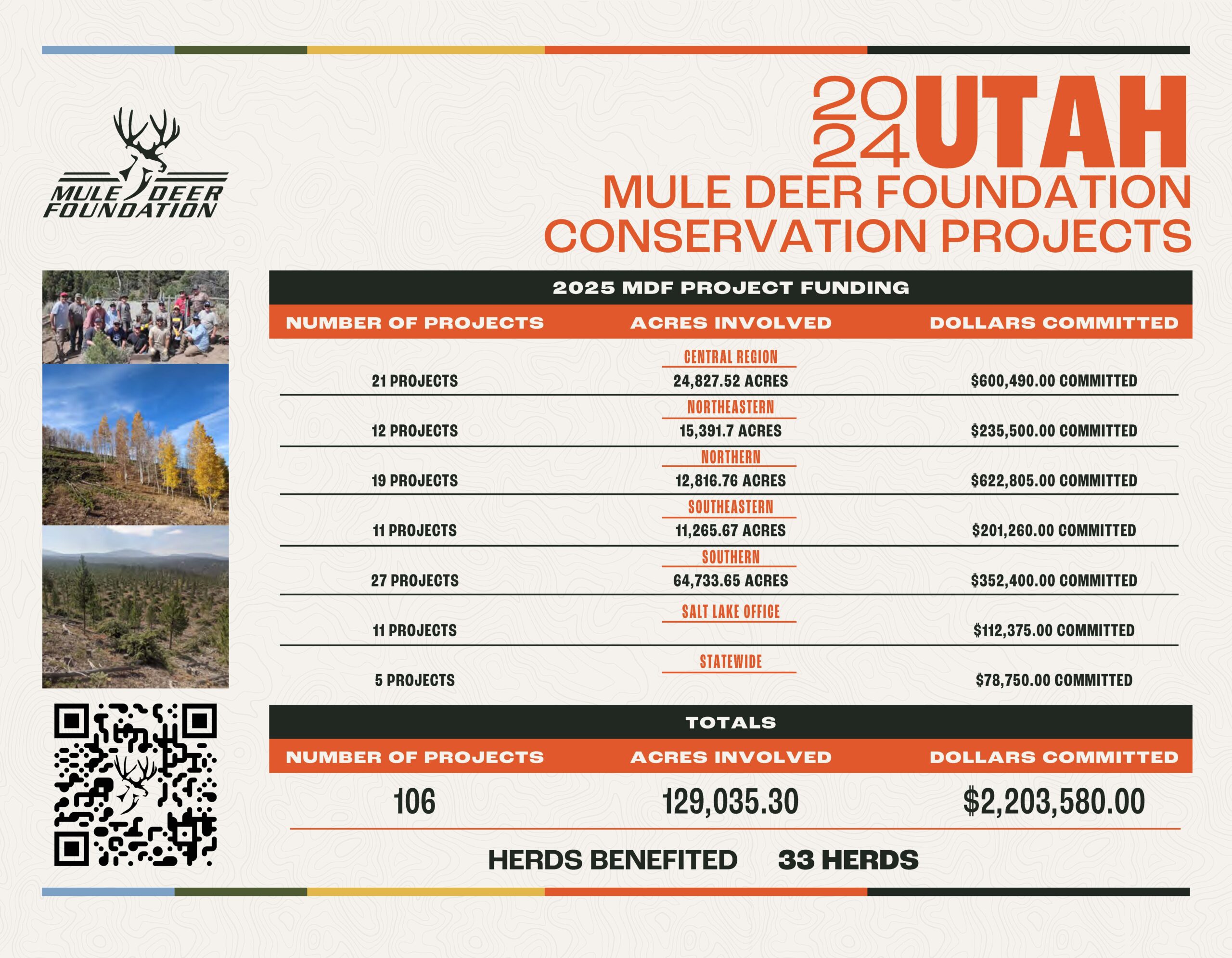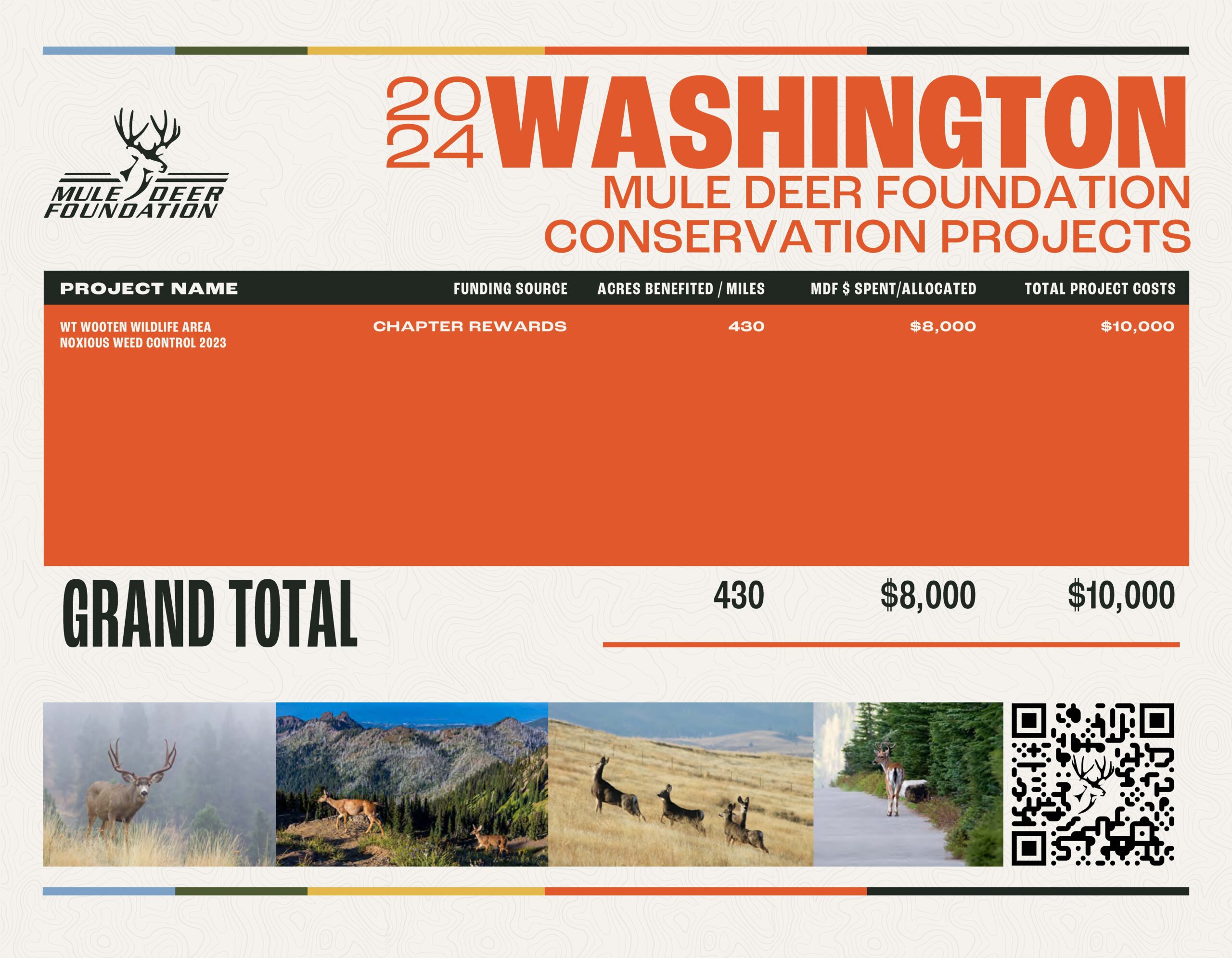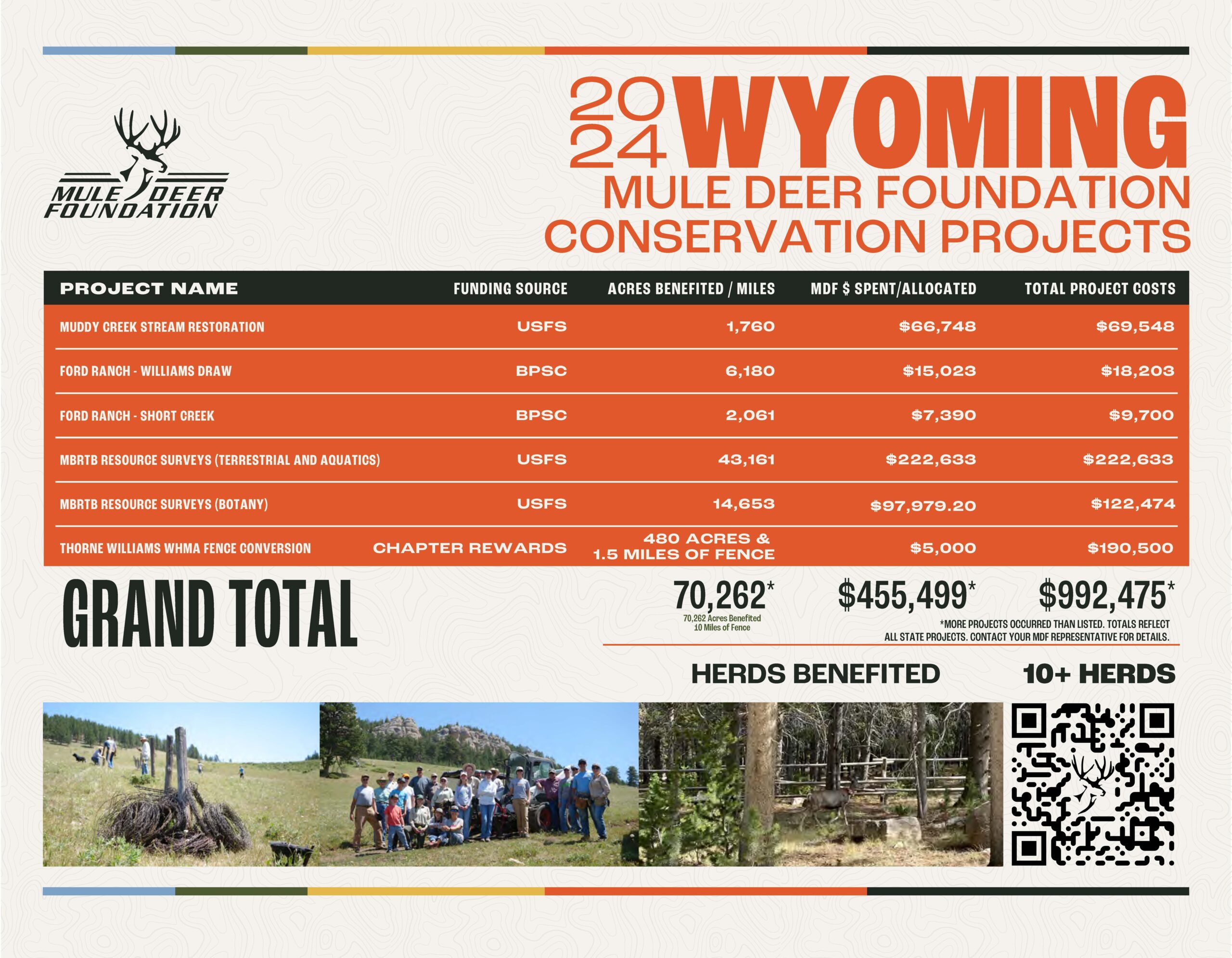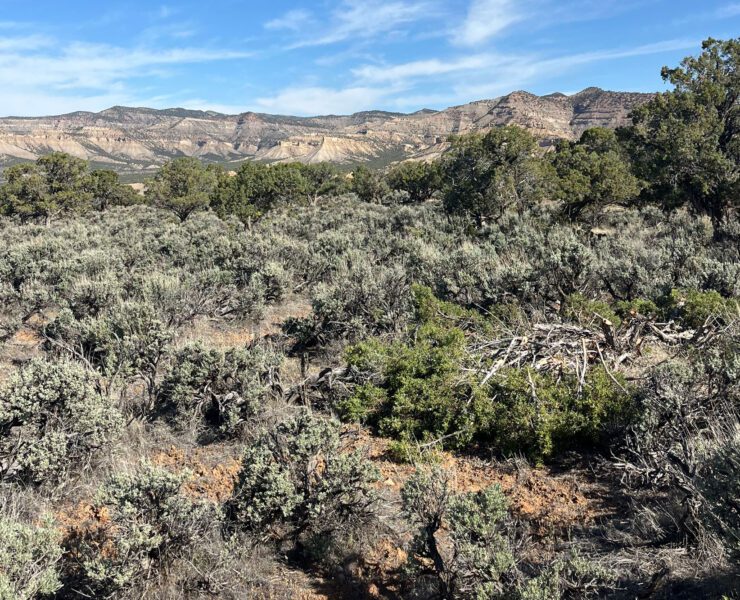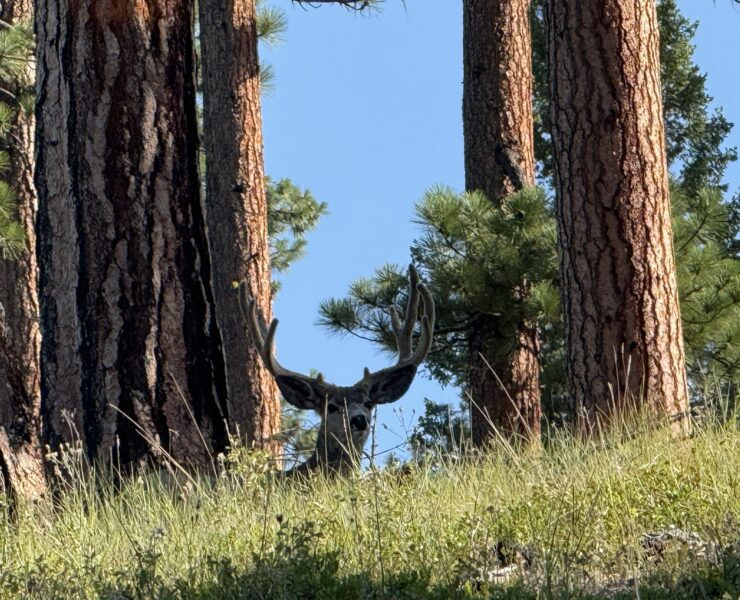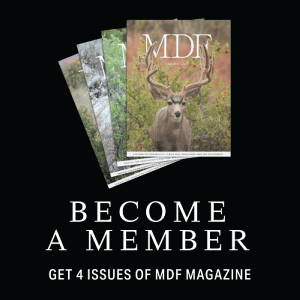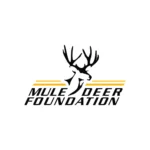
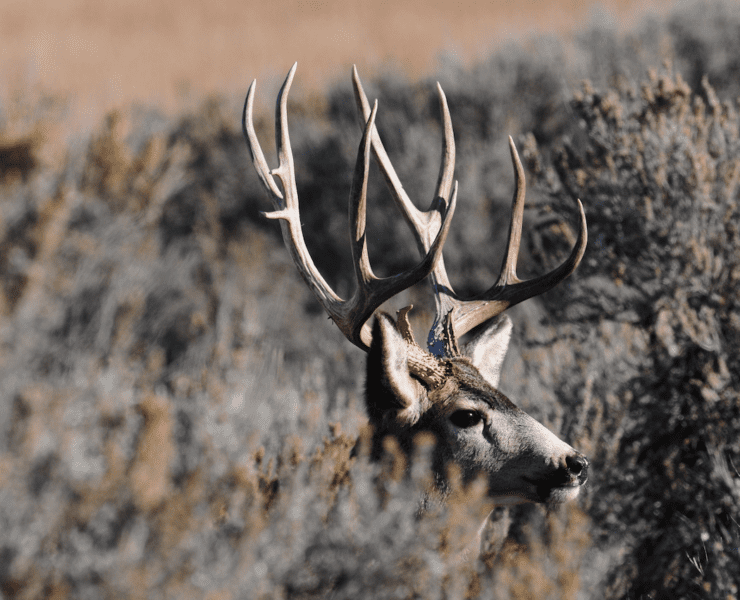
A friend of mine and I are considering a Canadian mule deer hunt in 2026. Maybe 2027. While in the planning process I thought I would do some research on what the Canadian mule deer population looks like and what steps are being taken to improve it. By the time I was done I had the makings of a nice little blog post that I thought some of you may be interested in so please if you are considering a cross-border mule deer hunt anytime in the near future keep reading. If hunting mule deer in Canada has never crossed her mind please used anyway because knowledge is power.
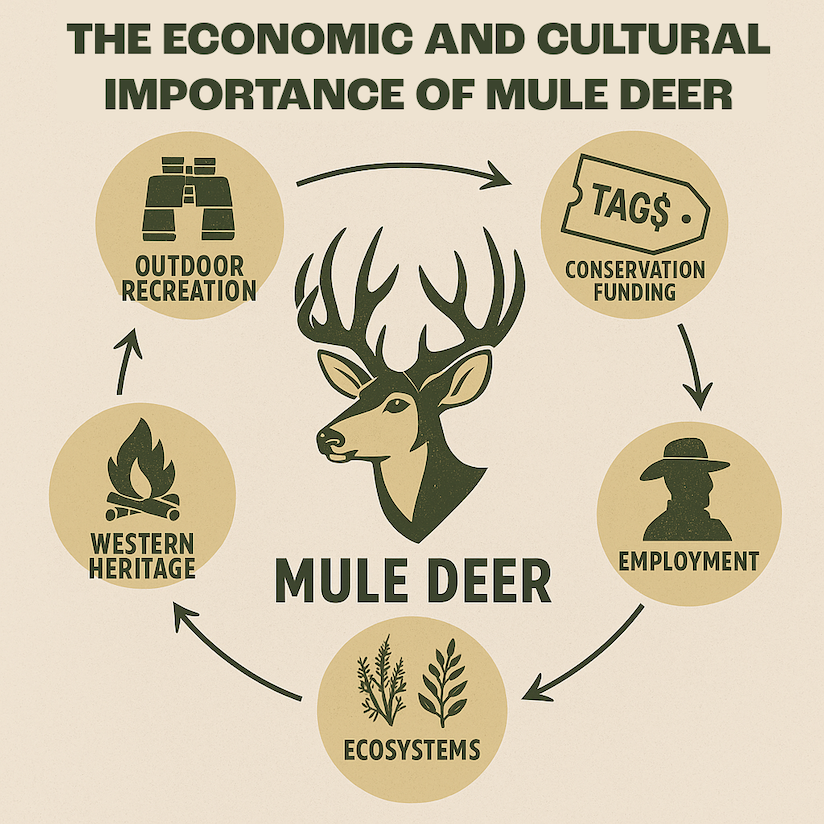
Mule deer are far more than a symbol of the American West, they are a cornerstone of rural economies, a source of cultural identity, and a driver of outdoor recreation that keeps communities vibrant. Whether it’s non-resident hunters fueling small-town businesses in November or families pulling off scenic highways to photograph bucks in velvet, the presence of mule deer creates ripple effects that reach far beyond the sagebrush.
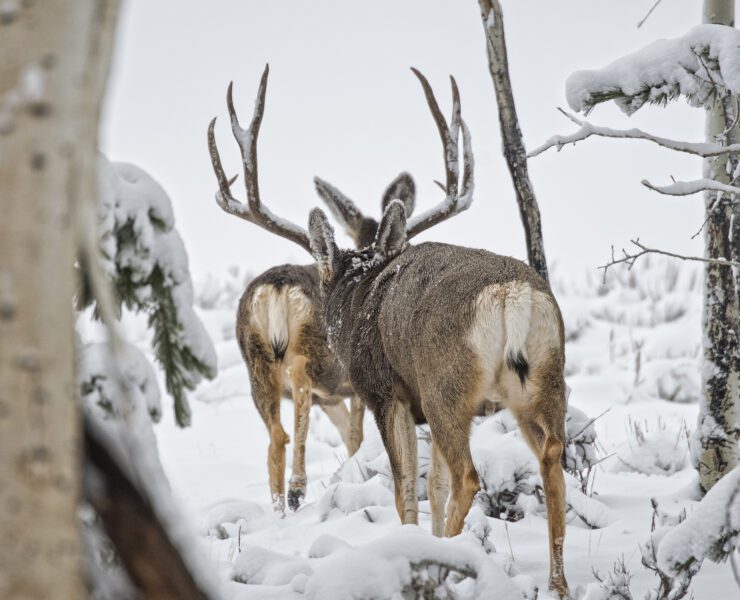
Late-season mule deer hunting offers a unique blend of challenge and opportunity. As November fades into December and winter settles over the West, hunters face both the beauty and the brutality of cold-weather conditions. Snow, wind, and freezing temperatures make access difficult, but they also reveal the habits and patterns of mule deer in ways that earlier seasons cannot. Understanding the dual role of weather is key to a successful late-season hunt.
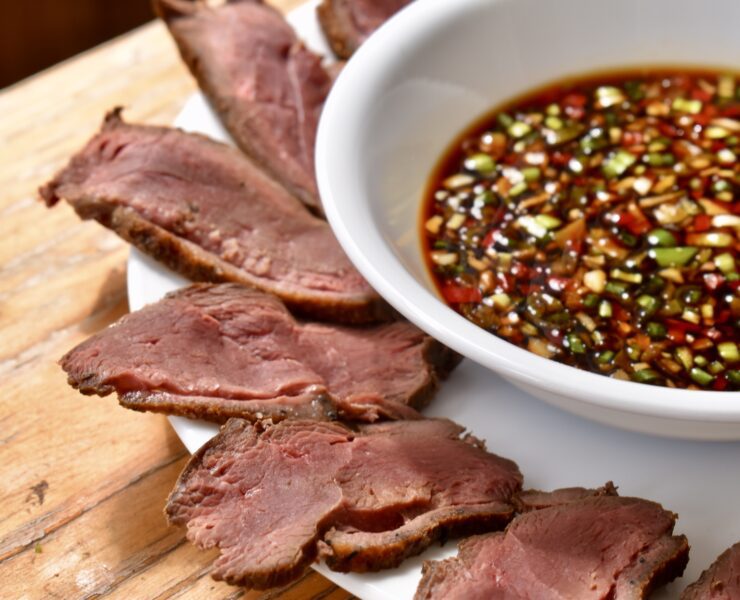
Ponzu is a Japanese sauce used for marinating, dipping, or adding some zip to certain dishes. It’s a soy-based sauce spiked with Japanese citrus (like yuzu, lemon, grapefruit, or kabosu) and evened out with mirin (a sweetened rice vinegar product) and dashi (an umami-rich stock made with dried seaweed and bonito flakes). It comes across as a light and loose soy sauce with a well-balanced flavor profile that provides salty, umami, sour, and sweet notes in even measure.

The winter of 2022–23 will be remembered across the West as one of the harshest in recent memory. In Wyoming, Idaho, and parts of northern Utah, relentless snow and bitter cold combined to create a perfect storm of survival challenges for mule deer. Tens of thousands of deer perished, including entire fawn crops and mature bucks that entered the season in good shape but simply couldn’t endure months of deep snow and subzero temperatures.
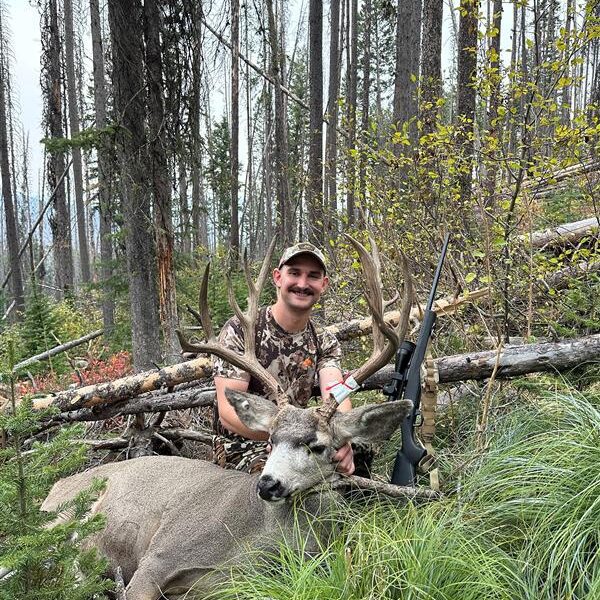
There’s a special kind of pride in tagging a mule deer on your own. No guide, no outfitter, just a hunter and the grit to get it done. Across the West, do-it-yourself (DIY) mule deer hunting has become a defining experience for many who want to earn their success the hard way. Public land offers the opportunity; preparation and perseverance provide the result.
